Planting native trees and shrubs to bring back the fauna to Selwyn District is the main objective of Te Ara Kākāriki. Through this planting, we also hope to provide habitat for native birds, lizards and invertebrates. Unfortunately, this can also provide an enticing habitat for introduced pests.
The best way to protecting your plantings and the native birds, lizards and invertebrates they are home to is through trapping of introduced mammalian pests such as possums, hedgehogs, mustelids (stoats, weasels and ferrets) and rodents.
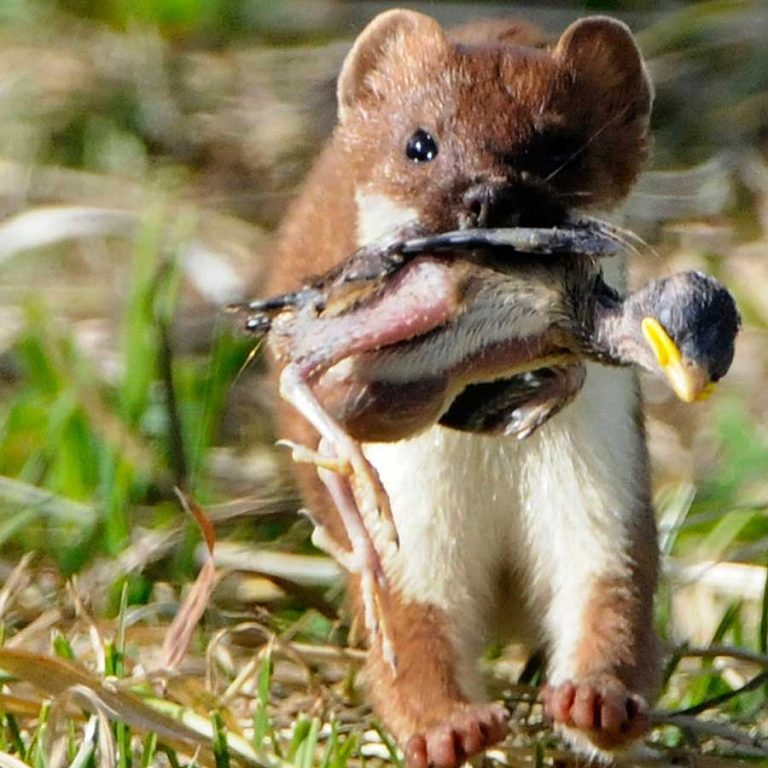
Our landowners with more established Greendots have noticed that pests seem to move in as plants grow. If your restoration site was planted a few years ago, there are several ways you can check for pests.
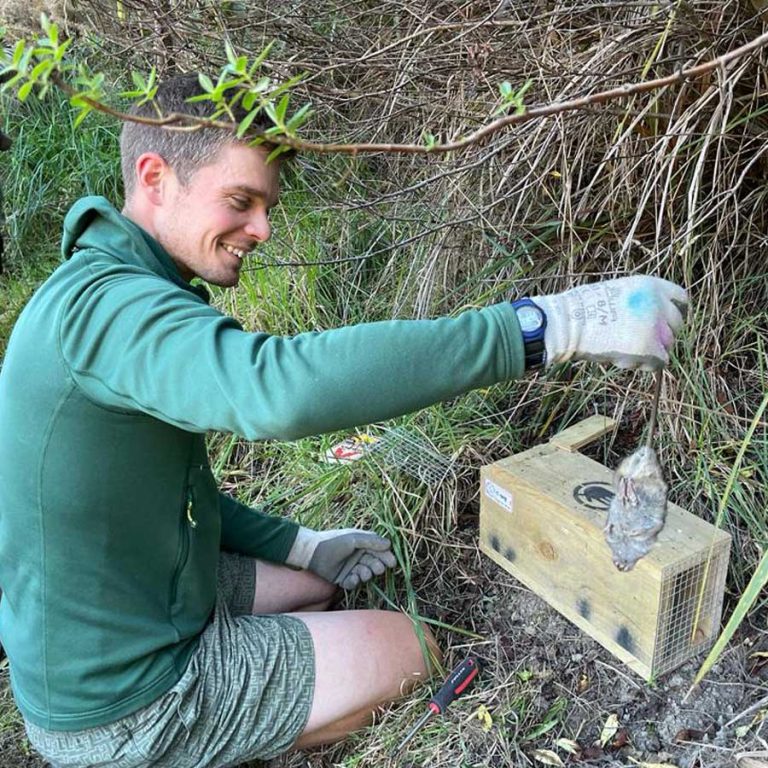
These capture the footprints of pests attracted to a specific bait like peanut butter or meat
Game cameras are now cheap enough to be used to monitor for pests
These cards are made from coreflute filled with a lure like peanut butter, and once nibbled the chew patterns can be analysed to determine which pests you have
Along the same lines as chew cards, the teeth marks in the wax can be identified
Where pests have eaten seedlings, it may be possible to identify whether the damage was caused by rabbits, hares, or stock.
The Timms trap is an industry-standard possum kill trap found in many rural New Zealand backyards.
Designed to sit on the ground, the Timms trap is strong, lightweight, compact, and easy to use. That’s why it’s been around so long and is one of the best possum traps for isolated problems – around the backyard or farm sheds. The Timms trap also works well in larger areas to control possums.
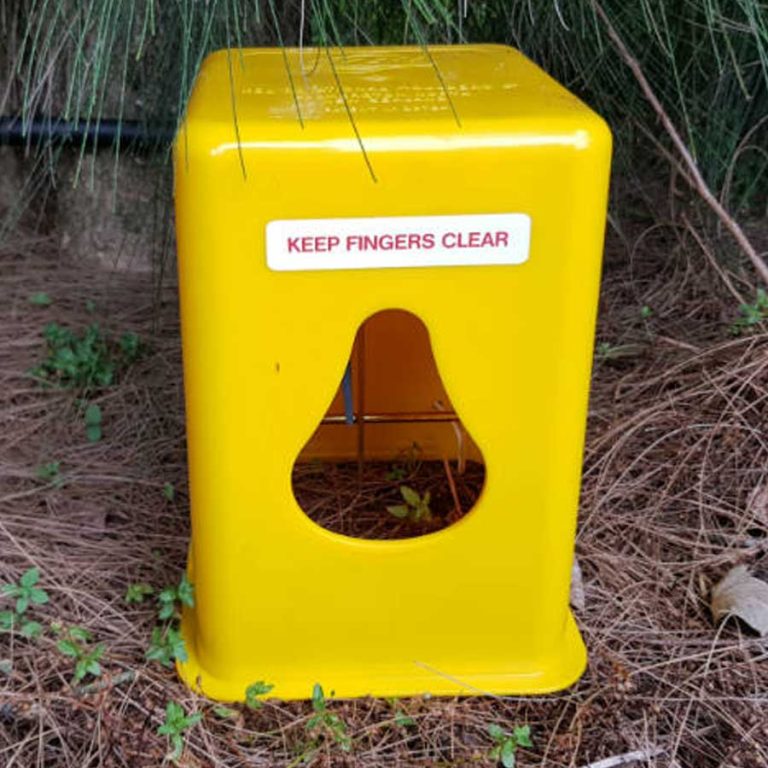
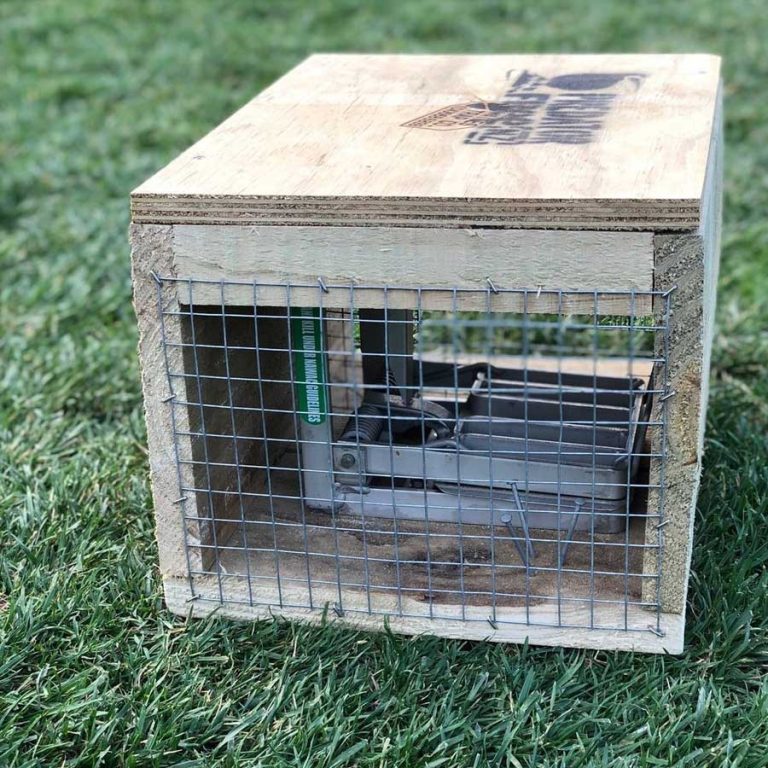
For rats, the DOC 200 traps are best as they are more powerful than standard rat traps, are safe for non-target species because they are enclosed in a box and can also catch stoats and hedgehogs.
The DOC 250 trap is larger and will also catch ferrets
Although Rabbits and Hare do not interfere with native wildlife, they can cause significant damage to young native seedlings. The first point of defence against these pests is a plant guard, consisting of plastic guard held up by bamboo stakes. A netting guard can also be constructed as additional protection. Once seedlings grow above this protection however, they become vulnerable to browsing.
An animal protein-based repellent can be sprayed onto the plant as a deterrent, while shooting and toxins are other control options. Regular checks on plants will be needed over the first few seasons to check for signs of animal damage, as when alternative food supplies run low in late autumn, these animals can remove an entire season’s growth almost overnight.
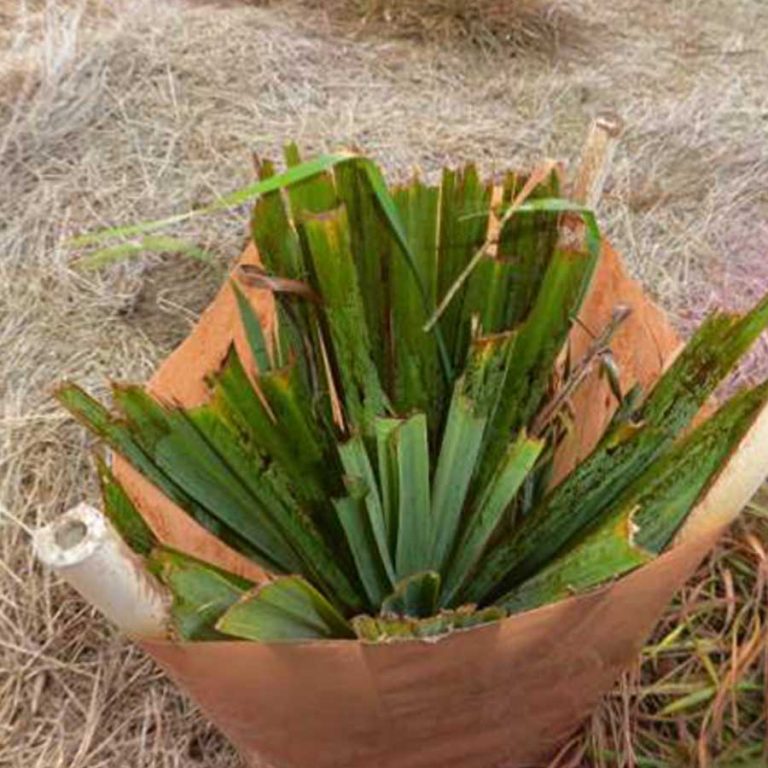
Trap NZ is a free online service and app available for recording trapping, bait, monitoring, and biodiversity outcome data.
By joining this free project you can be part of collective efforts and progress.
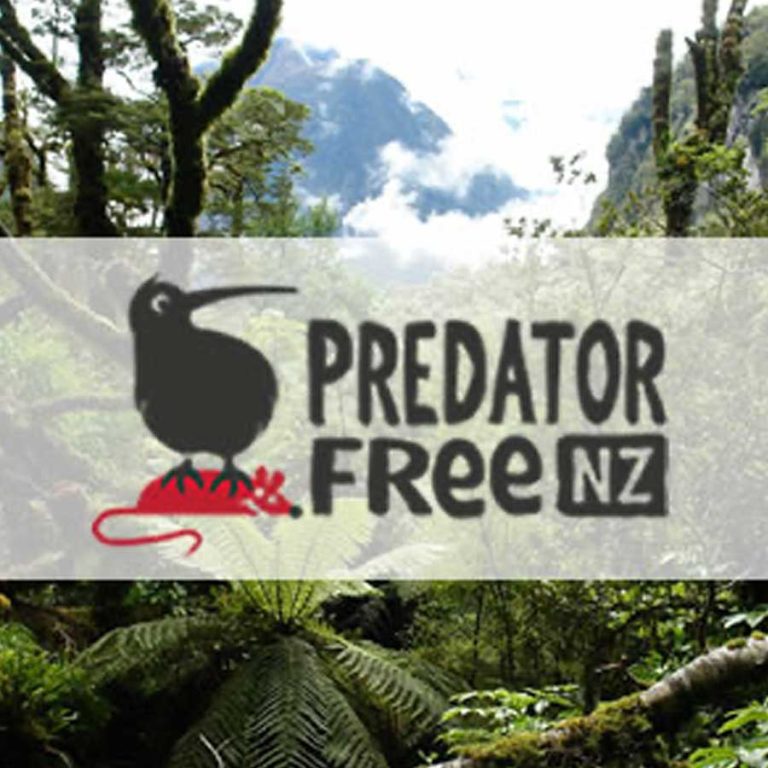
The Department of Conservation Predator Free 2050 website explains five easy ways you can get involved in the movement and help nature.
Predator Free New Zealand Trust is an excellent source of information including on how to trap, the best baits, where to buy traps, and ways you can get involved.
Selwyn Trap Library offer free trap hire and advice. You can find them are at the Lincoln Farmers & Craft Market on the last Saturday of every month.
Predator Free Kirwee have a Facebook group.
Predator Free Port Hills has backyard trapping advice and information about their work, and how to join them.
Yarrs Flat Predator Free Project explains their trapping and monitoring programme.
We really value everyone’s input and support into helping us achieve our goals. Whatever you can do to help will be really appreciated and will make a positive difference.
Simply fill out the form and send us a message and we can then start the ball rolling.